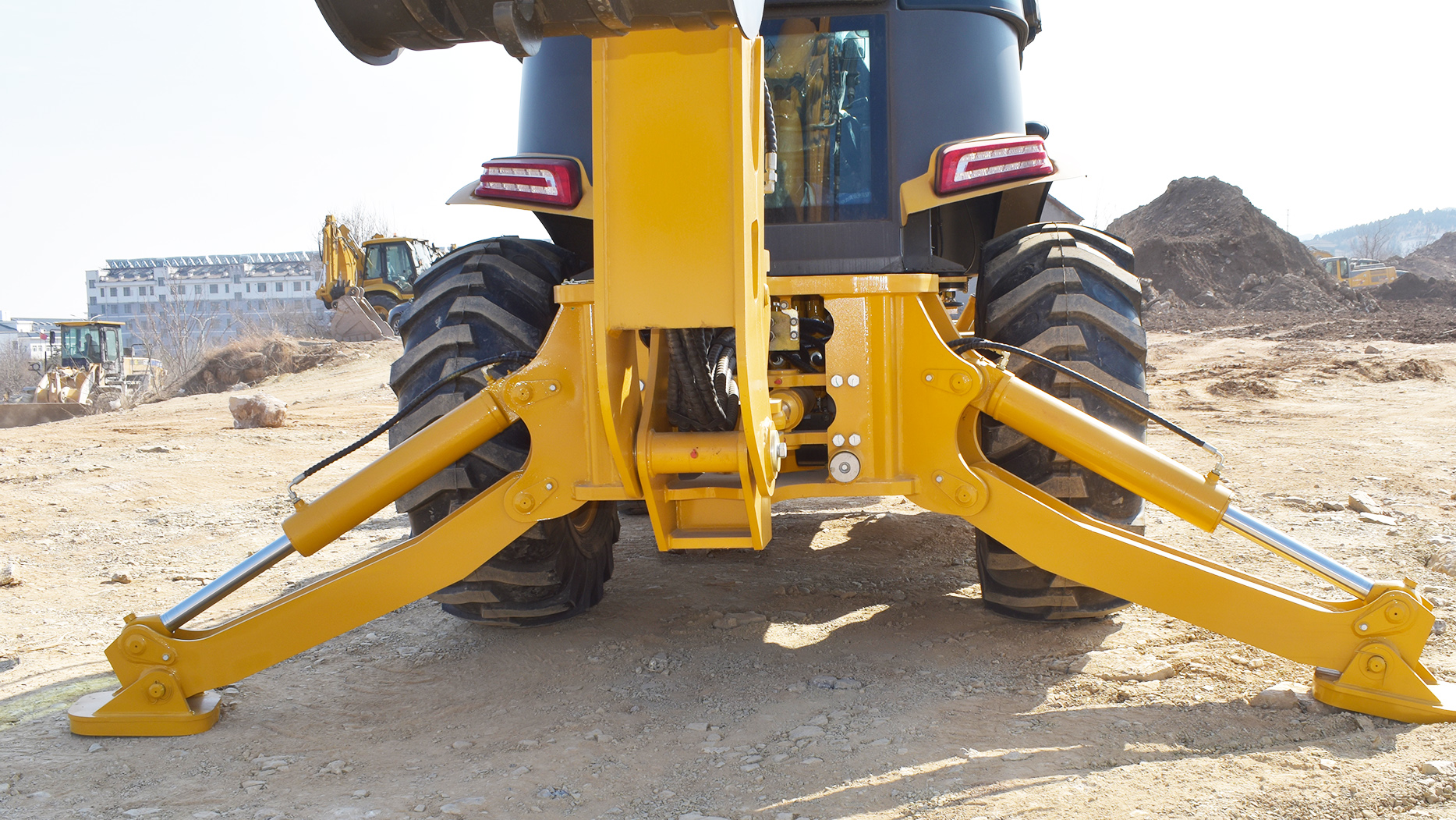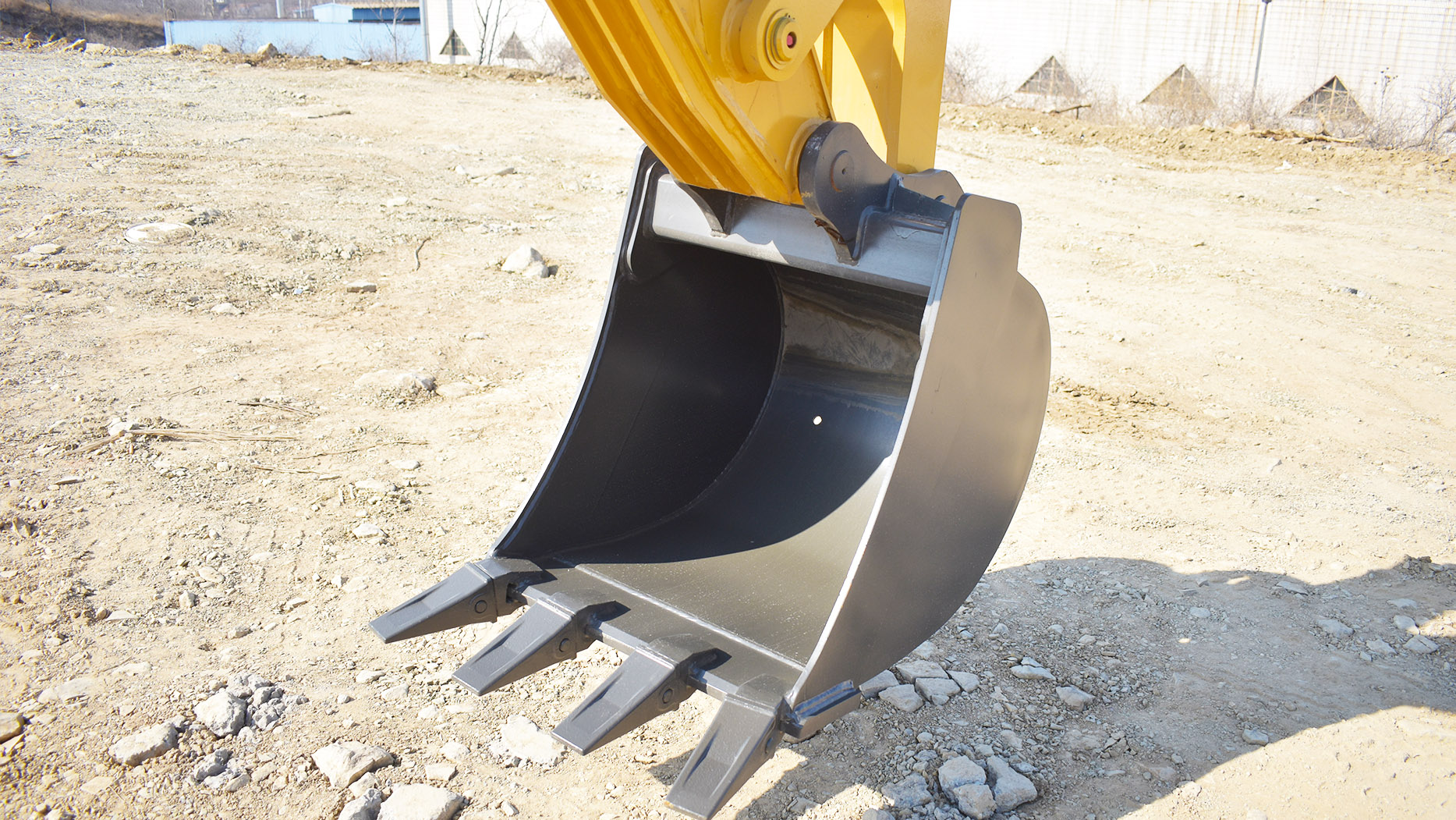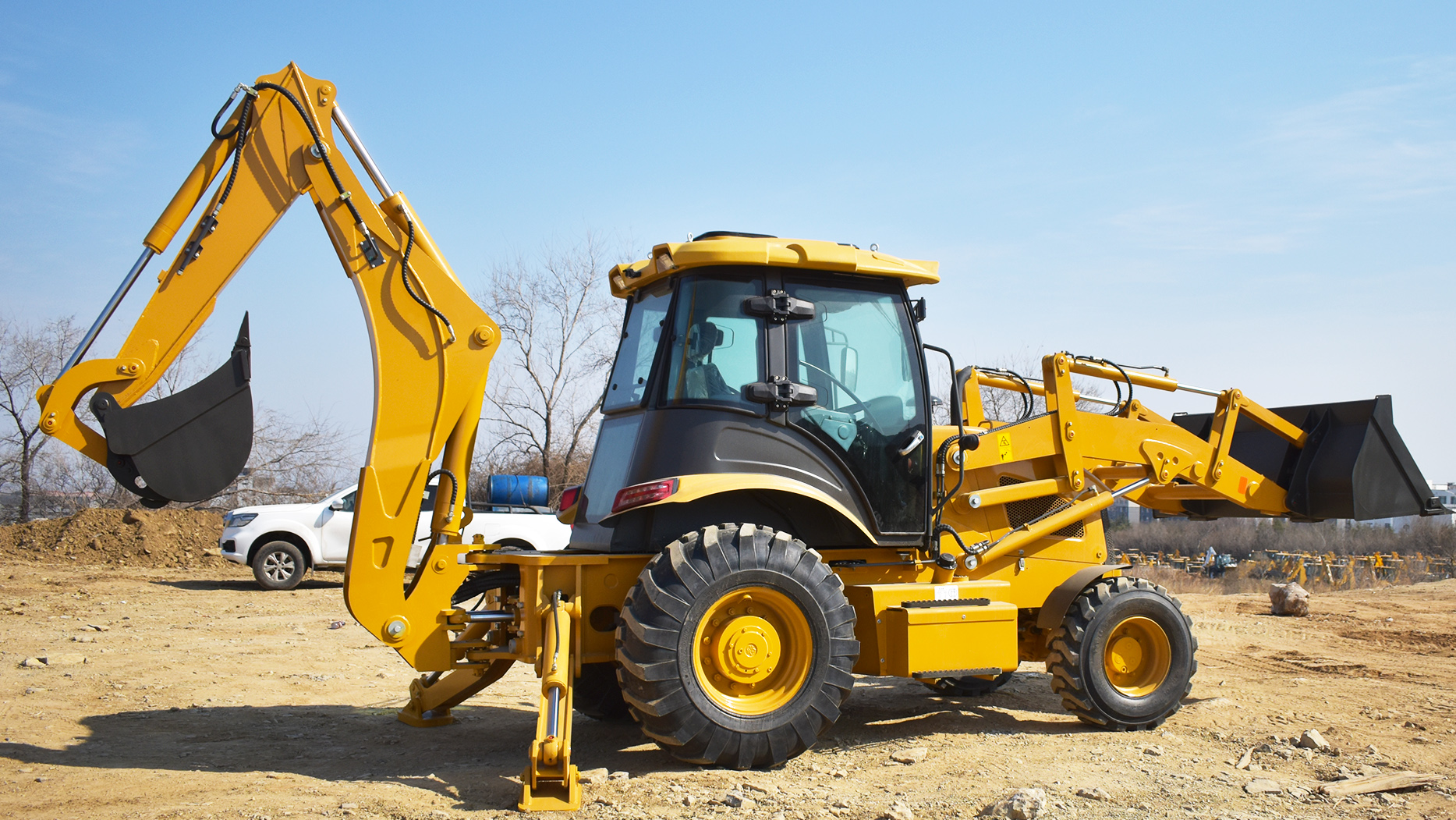1. Introduction
In the world of construction equipment, few questions cause as much confusion among newcomers as "Is a backhoe a dozer?" While these two machines may sometimes be seen working on the same job site, they serve fundamentally different purposes. This article will clearly distinguish between backhoes and bulldozers (commonly called "dozers"), explaining their unique designs, capabilities, and ideal applications.
Backhoes, with their distinctive tractor-like appearance and dual-end attachments, are the Swiss Army knives of construction equipment. Dozers, on the other hand, are the brute-force specialists of earthmoving. We'll explore six key areas of comparison: basic definitions and designs, primary functions, operational differences, cost considerations, common misconceptions, and guidance for selecting the right machine for your project.
This triple-threat design allows backhoes to perform multiple tasks without needing separate machines. The front loader can move materials like dirt or gravel, while the rear excavator arm digs trenches or foundations. The tractor base provides stability and allows the machine to move around job sites with relative ease, even in tight spaces where larger equipment couldn't operate.
3. What Is a Dozer?
Bulldozers, universally recognized by their massive front blades and either tracked or wheeled undercarriages, are the undisputed champions of earthmoving. Unlike the multi-purpose backhoe, dozers specialize in pushing massive quantities of material over short to medium distances. Their design prioritizes raw power and traction over versatility.
The heart of a dozer is its blade - a curved metal plate that can be angled and tilted to precisely control material movement. Many dozers also feature a rear-mounted ripper (a claw-like attachment) for breaking up hard ground. Tracked dozers excel in soft or uneven terrain, while wheeled dozers offer better speed and mobility on harder surfaces.
4. Key Differences

The most fundamental difference lies in their core designs. Backhoes are essentially three machines in one - a tractor, loader, and excavator - while dozers are single-purpose pushing machines. This distinction drives all their other differences.
Backhoes use hydraulic systems to power both their front loader and rear excavator, allowing for precise control in digging and material handling. Dozers rely primarily on the brute force of their blades and the traction of their undercarriages to move earth. While a skilled operator can achieve remarkable precision with a dozer blade, it can't match the digging finesse of a backhoe's articulated arm.
5. When to Use Each Machine?
Choosing between a backhoe and dozer depends entirely on your project requirements. Backhoes shine when a job requires multiple functions in a compact package. For example, a utility crew installing underground pipes would use a backhoe to dig the trench, load the excavated dirt into trucks, and later backfill the trench - all with the same machine.
Dozers prove indispensable when massive earthmoving is needed. Land developers clearing building sites rely on dozers to push aside trees, rocks, and topsoil efficiently. Road construction crews use them to establish proper grades before paving. In mining operations, dozers work around the clock moving mountains of material.
6. Common Misconceptions

One prevalent myth suggests that backhoes can replace dozers for large-scale earthmoving. While a backhoe can move some dirt with its loader, it lacks the power, blade capacity, and traction to handle serious earthmoving efficiently. Another misconception is that dozers can dig as effectively as backhoes. While dozers can create shallow excavations, they can't match the depth or precision of a backhoe's digging arm.
7. Conclusion
While backhoes and dozers may occasionally work on the same job site, they are fundamentally different machines designed for distinct purposes. Backhoes offer versatility for projects requiring multiple functions in a compact package, while dozers provide unmatched power for earthmoving and grading tasks. Understanding these differences ensures you'll select the right equipment for your specific needs, saving both time and money on your projects. For complex jobs requiring both capabilities, many contractors opt to use these machines in complementary roles - with the dozer handling bulk earthmoving and the backhoe performing precise digging and loading tasks.
Post time:Apr.04.2025

